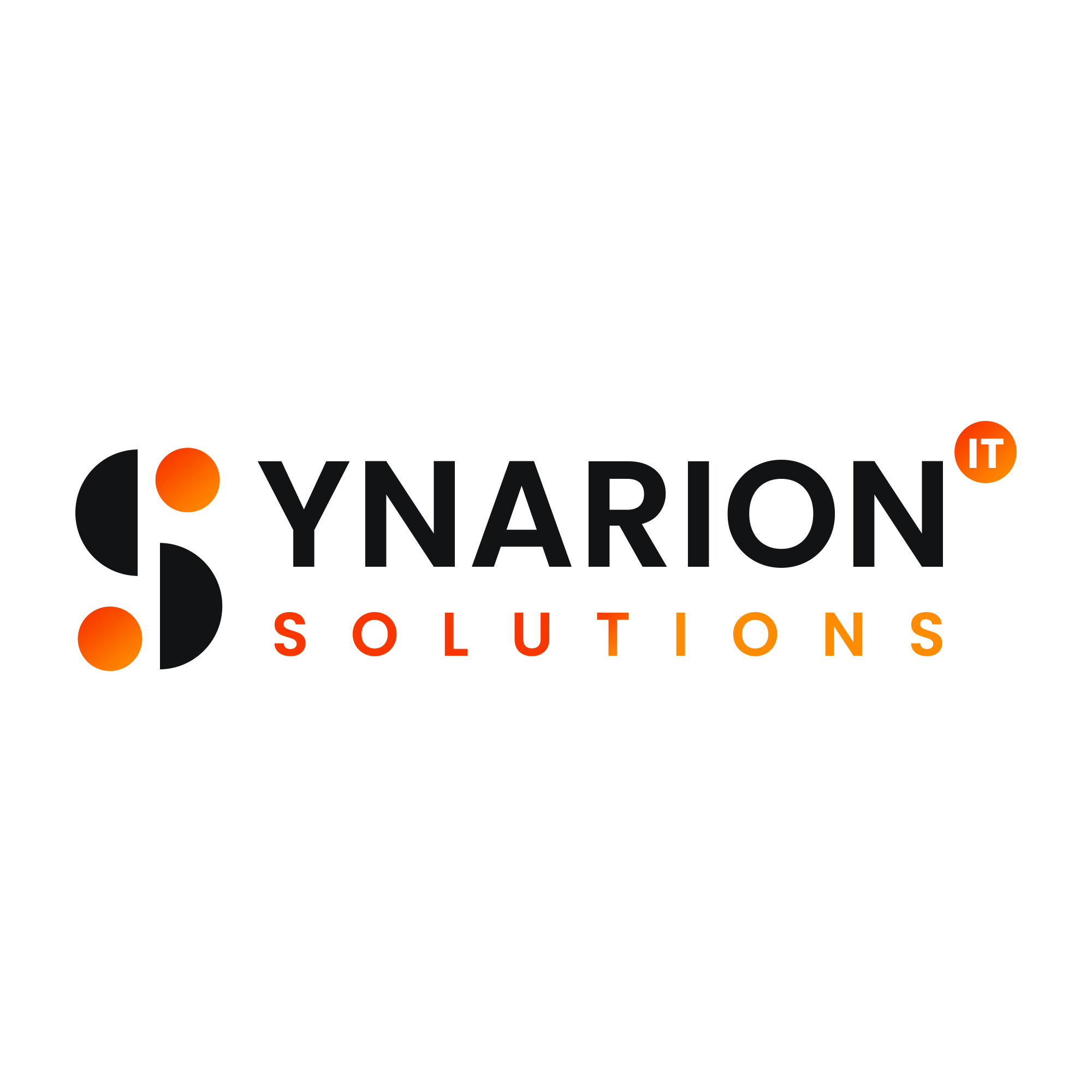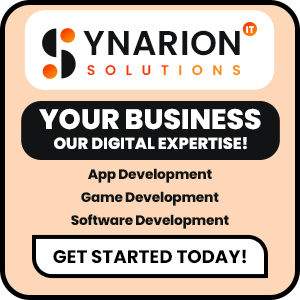Pay-Per-Click (PPC) advertising is a cornerstone of digital marketing, enabling businesses to reach their audience instantly through search engines. While Google Ads dominates the PPC landscape, Bing Ads offers unique opportunities that many marketers overlook. Understanding the differences between these two platforms can help businesses optimize ad spend, maximize conversions, and achieve higher ROI. In this case study, we explore PPC strategies, performance trends, and comparative insights of PPC for Bing vs Google in 2025.
Market Reach & User Demographics
Google Ads
- Google handles over 90.06% of global search queries, giving advertisers massive reach.
- Its audience is diverse, tech-savvy, and spans multiple demographics.
Bing Ads
- Bing captures around 4.31% of global search traffic, but its users are often desktop-centric, older, and have higher purchasing power.
- Integrated with Microsoft Edge, Windows 10/11, and LinkedIn, Bing provides access to valuable professional and enterprise audiences.
Trend Insight: While Google offers volume, Bing delivers high-intent traffic with often lower competition.
PPC for Bing vs Google Cost-Per-Click (CPC) Differences
- Google Ads: CPC varies widely depending on industry; highly competitive sectors like finance, insurance, and legal can see CPC rates above $50.
- Bing Ads: Generally, offers lower CPC, sometimes 20–30% less than Google, making it cost-effective for small and mid-sized businesses.
Case Study Example: A B2B SaaS company targeting enterprise clients saw $3 CPC on Bing versus $5 CPC on Google, while achieving similar click-through rates.
Audience Targeting Options
Google Ads
- Keyword targeting, audience segments, demographics, location, device, and in-market audiences.
- Advanced options include customer match, similar audiences, and behavioral targeting.
Bing Ads
- Keyword targeting and audience demographics similar to Google.
- Unique advantage: LinkedIn Profile Targeting, enabling campaigns to focus on job title, company, and industry, which is invaluable for B2B marketing.
Trend Insight 2025: Businesses leveraging Bing LinkedIn targeting combined with Google’s broad reach can achieve an optimal multi-channel PPC strategy.
Ad Formats & Extensions
Google Ads
- Search Ads, Display Network, Shopping Ads, Video Ads (YouTube), Discovery Ads.
- Multiple ad extensions: sitelinks, callouts, structured snippets, lead forms.
Bing Ads
- Search Ads, Microsoft Audience Network, Shopping Ads, and Video Ads on Microsoft properties.
- Similar ad extensions as Google, plus LinkedIn profile-based targeting for better B2B performance.
Case Insight: A tech training institute ran identical campaigns on both platforms. While Google delivered broader visibility, Bing generated higher-quality leads at a lower cost per conversion.
Conversion & ROI
- Google Ads: High reach ensures volume, but CPC and competition can reduce ROI for small businesses.
- Bing Ads: Lower CPC and a more targeted desktop/enterprise audience often result in higher ROI, particularly for B2B, education, and financial services.
Case Study Result:
- Google Ads: 5,000 clicks, 120 conversions, $45 CPC
- Bing Ads: 2,000 clicks, 80 conversions, $30 CPC
- Observation: Despite lower clicks, Bing yielded comparable conversions with a 35% lower ad spend.
AI & Automation Trends
Both platforms are increasingly using AI and machine learning to optimize campaigns:
- Google Ads: Smart bidding, responsive search ads, and automated audience targeting.
- Bing Ads: AI-powered bidding strategies, LinkedIn integration insights, and automated ad testing.
Trend 2025: Combining AI automation with manual optimization ensures better targeting, lower costs, and improved conversion rates.
Reporting & Analytics
Google Ads
- Google Analytics 4 integration provides detailed insights on user behavior, conversion tracking, and multi-channel attribution.
Bing Ads
- Bing Ads provides conversion tracking, audience insights, and integration with Microsoft Clarity for heatmaps and user engagement tracking.
Pro Tip: Cross-analyzing data from both platforms helps identify untapped keywords, audience segments, and high-performing ad creatives.
Key Takeaways
- Google Ads: Ideal for maximum reach, volume traffic, and brand visibility.
- Bing Ads: Perfect for cost-efficient clicks, B2B targeting, and desktop-heavy audiences.
- CPC Advantage: Bing often provides lower costs per click while maintaining quality conversions.
- AI Optimization: Both platforms benefit from AI-based bidding, smart targeting, and automation.
- Integrated Strategy: Running campaigns across Google and Bing simultaneously maximizes reach, conversions, and ROI.
Conclusion
While Google remains the go-to platform for most PPC campaigns, Bing offers unique opportunities that can significantly boost ROI, especially in B2B, enterprise, and professional niches. By understanding audience behavior, platform-specific targeting, CPC differences, and AI-powered optimization, businesses can craft a dual PPC strategy that balances reach with cost-efficiency.
Marketers who adapt to these nuances, leverage automation and AI, and monitor cross-platform performance are most likely to succeed in 2025 and beyond.
Related Blog: PPC for Bing vs Google






What do you think?
It is nice to know your opinion. Leave a comment.